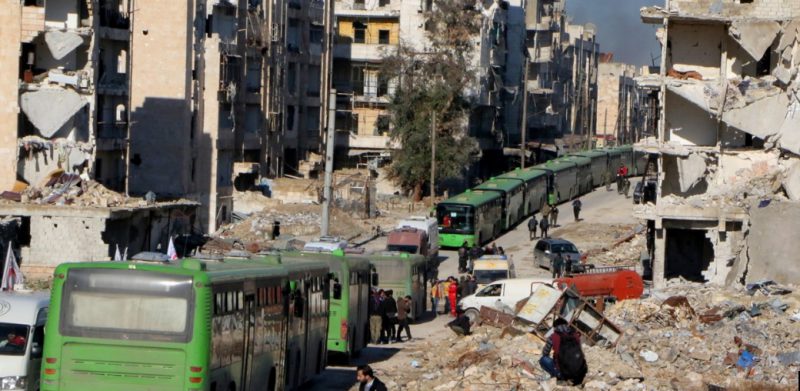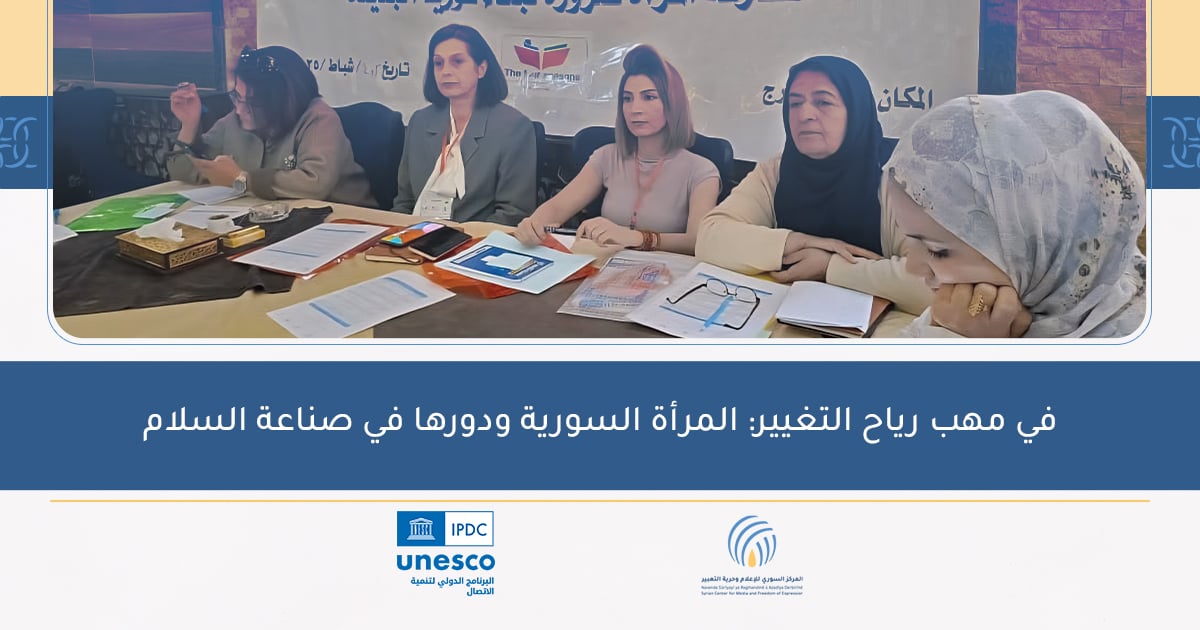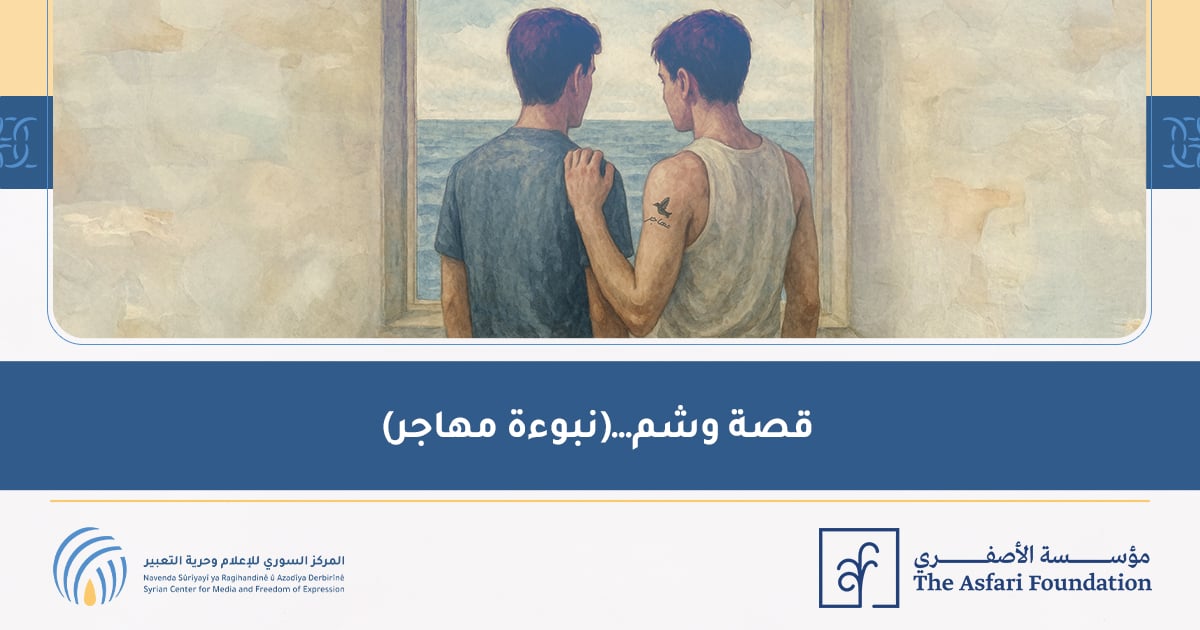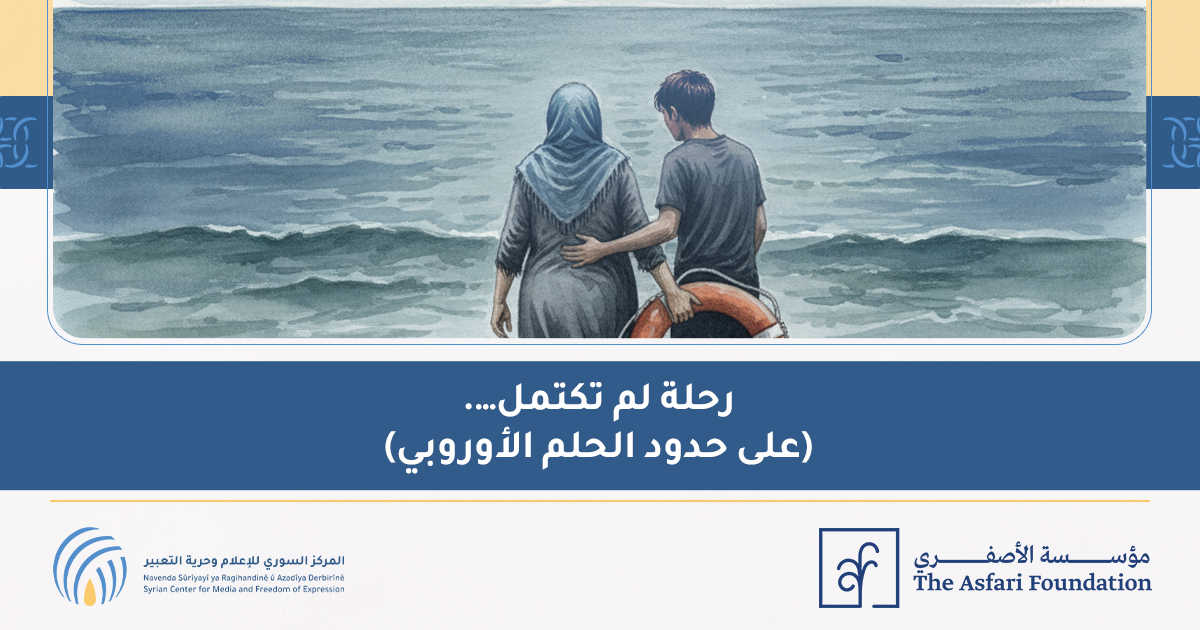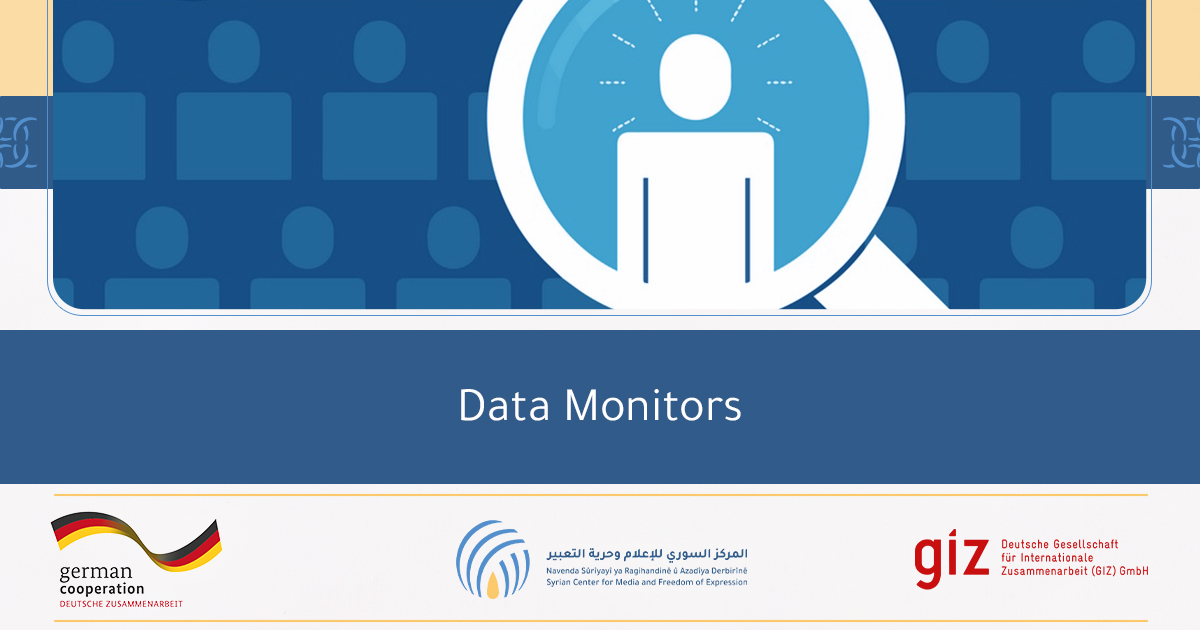The government’s campaign of sieges, unlawful killings and forced displacement, which has uprooted thousands of civilians and forced them to live in dire conditions, constitutes crimes against humanity.
“We leave or we die”: Forced displacement under Syria’s ‘reconciliation’ agreements examines four of these local pacts and documents associated violations dating back to 2012. Reached between August 2016 and March 2017, the agreements led to the displacement of thousands of residents from six besieged areas: Daraya, eastern Aleppo city, al-Waer, Madaya, Kefraya and Foua.
The Syrian government and, to a lesser extent, armed opposition groups have unlawfully besieged civilians, depriving them of food, medicine and other basic necessities, and carried out unlawful attacks on densely populated areas.
“While the Syrian government’s stated aim has been to vanquish opposition fighters, its cynical use of ‘surrender or starve’ tactics has involved a devastating combination of sieges and bombardments. These have been part of a systematic, as well as widespread, attack on civilians that amounts to crimes against humanity,” said Philip Luther, Research and Advocacy Director for the Middle East and North Africa at Amnesty International.
While the Syrian government’s stated aim has been to vanquish opposition fighters, its cynical use of ‘surrender or starve’ tactics has involved a devastating combination of sieges and bombardments. These have been part of a systematic, as well as widespread, attack on civilians that amounts to crimes against humanity.
“All states should co-operate to bring an end to the dark stain on the world’s conscience that ongoing impunity for such crimes represents. There is no simpler way for them to do so than to provide support and resources to the International, Impartial and Independent Mechanism recently established by the UN to assist in investigating and prosecuting those responsible.”
People subjected to these horrific violations had no choice but to leave their homes en masse. As a result, thousands of families are now living in makeshift camps with limited access to aid and other basic necessities and scant opportunities to make a living.
“If the Syrian government, as well as armed opposition groups such as the Ahrar al-Sham Islamic Movement and Hay’at Tahrir al-Sham, are serious about reconciliation, they must immediately put an end to these unlawful practices, lift sieges and end attacks on the thousands of civilians who remain besieged across Syria,” said Philip Luther.
The report is based on interviews with 134 people conducted between April and September 2017, including displaced residents who lived through sieges and attacks, humanitarian workers and experts, journalists and UN officials. Amnesty International also reviewed dozens of videos and analysed satellite imagery to corroborate witness accounts. It sought comments on its findings from the Syrian and Russian authorities, which did not reply, and from the Ahrar al-Sham Islamic Movement, which did.
Conditions under siege
Since the beginning of the armed conflict in Syria, the Syrian government has imposed sieges on populated civilian areas, using starvation as a method of warfare, and blocking or arbitrarily restricting access to basic necessities, including food, water, medicine, electricity, fuel, and communications. It has also blocked aid organizations from entering besieged areas.
The effects have been devastating, pushing populations to the brink of starvation and causing people to die from otherwise treatable conditions. A former medic in Daraya told Amnesty International:
“When we got cases of kidney failure, there was nothing we could do about it because we did not have dialysis machines. So we would watch the patients die in front of our eyes and we could not offer them anything.”
When we got cases of kidney failure, there was nothing we could do about it because we did not have dialysis machines. So we would watch the patients die in front of our eyes and we could not offer them anything.
Mothers who gave birth under the siege told Amnesty International how their infants suffered due to insufficient breast milk and lack of baby formula. In a testimony echoed by other women, a 30-year-old mother from Daraya who gave birth in March 2016 said her daughter was born small and weak:
“I would breastfeed her, but it was not filling; she was very frail and there was nothing I could do. We had no other alternatives so she would cry a lot and I couldn’t do anything… How could someone who had just given birth and was breastfeeding sustain themselves on soup?”
The Syrian government and armed opposition groups have restricted and blocked access to humanitarian and medical aid crucial for survival, especially when people could not afford the inflated prices of goods and medicine. As a result, residents have had to survive on one meal per day.
A mother of three who became the sole carer of her grandson after his parents were killed in two separate attacks in 2015 in eastern Aleppo city told Amnesty International:
“The siege was horrible for people who had no income such as my family. The humanitarian aid organizations were not able to continue their work due to the relentless attacks including on their warehouses… It was very difficult to provide the basic needs for children such as nappies and milk. The price of vegetables was so high that it was impossible for me to afford it. The siege didn’t affect me as much as it affected the children. My grandson, almost two years old, was deprived of baby milk and other necessary nutrients because I either couldn’t afford it or humanitarian aid organizations no longer had it.”
The Syrian government and allied militias destroyed local food supplies by burning agricultural fields in Daraya and Madaya. Amnesty International’s analysis of satellite imagery shows the massive decrease in agriculture over the years and an obvious dead zone around Daraya.
“The government and Hezbollah forces burned the agricultural fields, just as a form of punishment, even though we couldn’t access them,” a former teacher in Madaya told Amnesty International.
Evidence also shows that armed opposition groups, in particular Hay’at Tahrir al-Sham and the Ahrar al-Sham Islamic Movement, unlawfully besieged Kefraya and Foua, restricted and confiscated humanitarian aid and shelled agricultural fields.
Relentless attacks on civilians
In addition to the immense suffering caused by siege tactics, deliberate attacks on civilians and civilian objects caused unimaginable misery.
Civilians said government forces particularly intensified their attacks shortly before they were pushed out, to speed up the surrender of these areas. The Syrian government stepped up the assault on al-Waer on 7 February 2017, pushing it toward surrender a month later. Daraya’s sole hospital was attacked and burned several times, rendering it unusable shortly before the city was depopulated.
For the residents of eastern Aleppo, the worst suffering was caused by the Syrian and Russian forces’ brutal and calculated campaign of unlawful aerial attacks, where civilians, homes and hospitals were deliberately targeted and whole neighbourhoods indiscriminately attacked by shelling and air strikes, including with internationally banned cluster munitions, “barrel bombs” and incendiary weapons.
“You need months before you die of starvation. The air strike attacks were a different story. You could die from a piece of shrapnel in a fraction of a second. Nobody was protected from the air strikes and shelling. Civilians, rebels, buildings, cars, bridges, trees, gardens etc. were all a target,” one Aleppo resident told Amnesty International.
You need months before you die of starvation. The air strike attacks were a different story. You could die from a piece of shrapnel in a fraction of a second. Nobody was protected from the air strikes and shelling. Civilians, rebels, buildings, cars, bridges, trees, gardens etc. were all a target.
The report covers 10 attacks on civilian neighbourhoods in Aleppo city between July and December 2016. The organization’s analysis of satellite imagery shows how the attacks were carried out far from the front lines and with no apparent military objectives close by, destroying hundreds of structures including residential buildings, a market and hospitals.
Armed opposition groups also killed and injured hundreds of civilians when they indiscriminately shelled the besieged towns of Kefraya and Foua using explosive weapons with wide area effects. These attacks violated international humanitarian law and, in many cases, amounted to war crimes.
“We were scared to send our two children to school because of the shelling, as well as the snipers who shot at the children when they saw them dressed in blue uniforms on their way to school. We found ways to get the students safely to school but it was still dangerous because the shelling was unpredictable,” a former taxi driver from Kefraya told Amnesty International.
Forced displacement

In Daraya, al-Waer, eastern Aleppo city, Kefraya and Foua, thousands of people trapped under siege were ultimately forced to leave their homes behind under the “reconciliation” deals.
Describing the final days under siege before an agreement was reached, a lawyer from Aleppo told Amnesty International:
“The last 10 days before the evacuation were a nightmare. The amount of shelling was a clear signal that the government wanted us to leave… and the last five months of the shelling were equal to the past five years of airstrikes and ground attacks… That was enough for me to make me want to leave. Also, how will civilians stay if there is no infrastructure, no hospitals, electricity or water? The government made its objective to destroy everything and leave us with nothing to stay behind for.”
The regime would offer a truce or settlement and continue to place military pressure to force us to acquiesce. This was the concept. After we received an offer from these intermediaries, the following day there would be a military escalation to strike fear in people’s hearts and make them plead for a solution.
A man who was part of a negotiations committee in Daraya told Amnesty International how the local reconciliation deal was reached:
“The regime would offer a truce or settlement and continue to place military pressure to force us to acquiesce. This was the concept. After we received an offer from these intermediaries, the following day there would be a military escalation to strike fear in people’s hearts and make them plead for a solution.”
In the past year, especially since April 2017, parts of the international community such as the European Union and Russia have expressed their wish to support reconstruction efforts in Syria. However, it is unclear what measures the Syrian government will take to ensure that the displaced can return safely and voluntarily to reclaim their homes.
“As the international community shifts its focus to reconstruction efforts in Syria, Amnesty International is calling on all those with influence, in particular Russia and China, to ensure that any financial assistance to areas affected by forced displacement uphold the victims’ right to restitution of their housing, land and property, as well as the right to voluntary return in safety and dignity,” said Philip Luther.
To view an interactive map showing the areas affected by forced displacement, please visit:https://syriadisplaced.amnesty.org/
Source: Amnesty International
